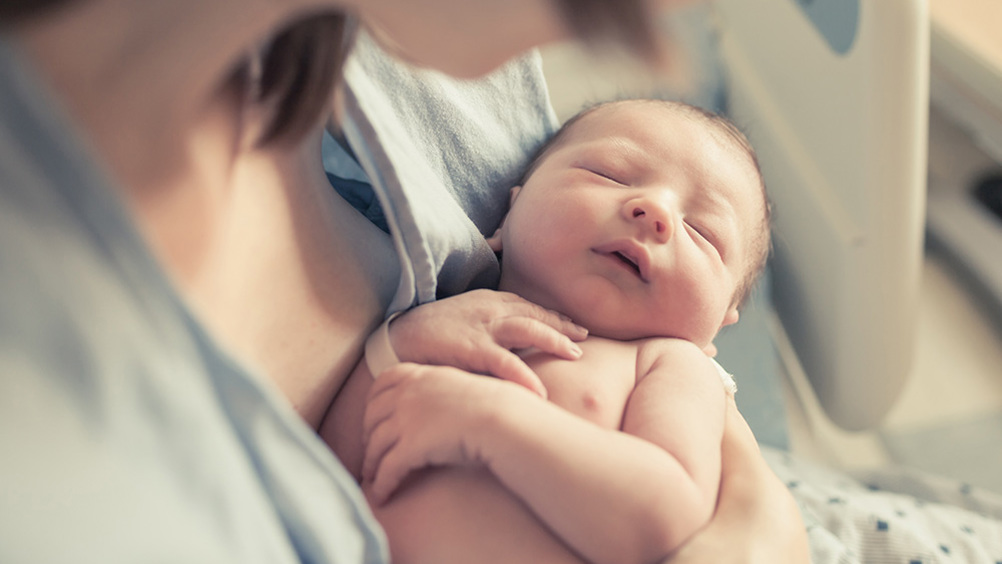References
Autistic women's experiences of the antenatal, intrapartum and early postnatal periods

Abstract
Background/Aims
Autism is a neurodevelopmental disability affecting interpersonal communication and interaction, and has a prevalence of more than 1% of the population. This review aimed to identify what midwives in England can learn from studies exploring the experiences of autistic women in the antenatal, intrapartum and early postnatal periods.
Methods
A systematic literature search was conducted using seven electronic databases. Thematic analysis was performed, based on Braun and Clarke.
Results
Three themes were found: autism diagnosis and disclosure, communication and interaction with healthcare professionals, babies and groups, and sensory difficulties.
Conclusions
Autistic women experience many challenges during the antenatal, intrapartum and early postnatal periods, and it is clear that midwives in England should treat all women as an individual, asking about their specific needs and any adjustments that can be made to provide inclusive care.
Autism is a neurodevelopmental disability affecting interpersonal communication and interaction, with a prevalence of more than 1% of the population (National Autistic Society, 2023). Outdated terms, such as ‘Asperger's Syndrome’ and ‘high’ or ‘low’ functioning, are no longer considered useful (Bargiela, 2019), with the current medical diagnosis being ‘autism spectrum disorder’ (American Psychiatric Association, 2013; World Health Organization, 2019). A preferred term is ‘autism spectrum conditions’, which is compatible with the term ‘neurodiversity’, recognising that autism can be a disability in some environments but advantageous in others (Lai and Baron-Cohen, 2015). Henceforth, ‘autism spectrum disorder/condition’ will be referred to as ‘autism’.
In England, autism was the first disability to have its own Act of Parliament, The Autism Act 2009, which arose as a result of poor awareness of autism (Department of Health, 2010) and the multiple social disadvantages and health inequalities faced by autistic adults (Department for Education and Department of Health and Social Care, 2021). Autistic women have low rates of professional diagnosis, with 20% of autistic females diagnosed by the age of 18 years old (McCrossin, 2022).
Register now to continue reading
Thank you for visiting British Journal of Midwifery and reading some of our peer-reviewed resources for midwives. To read more, please register today. You’ll enjoy the following great benefits:
What's included
-
Limited access to our clinical or professional articles
-
New content and clinical newsletter updates each month

